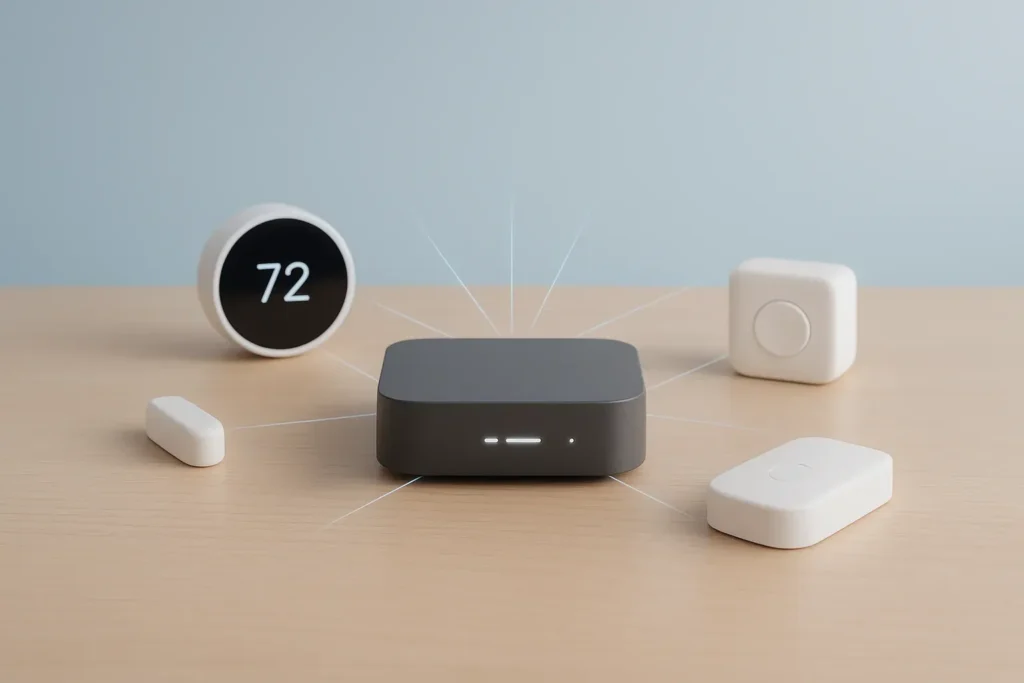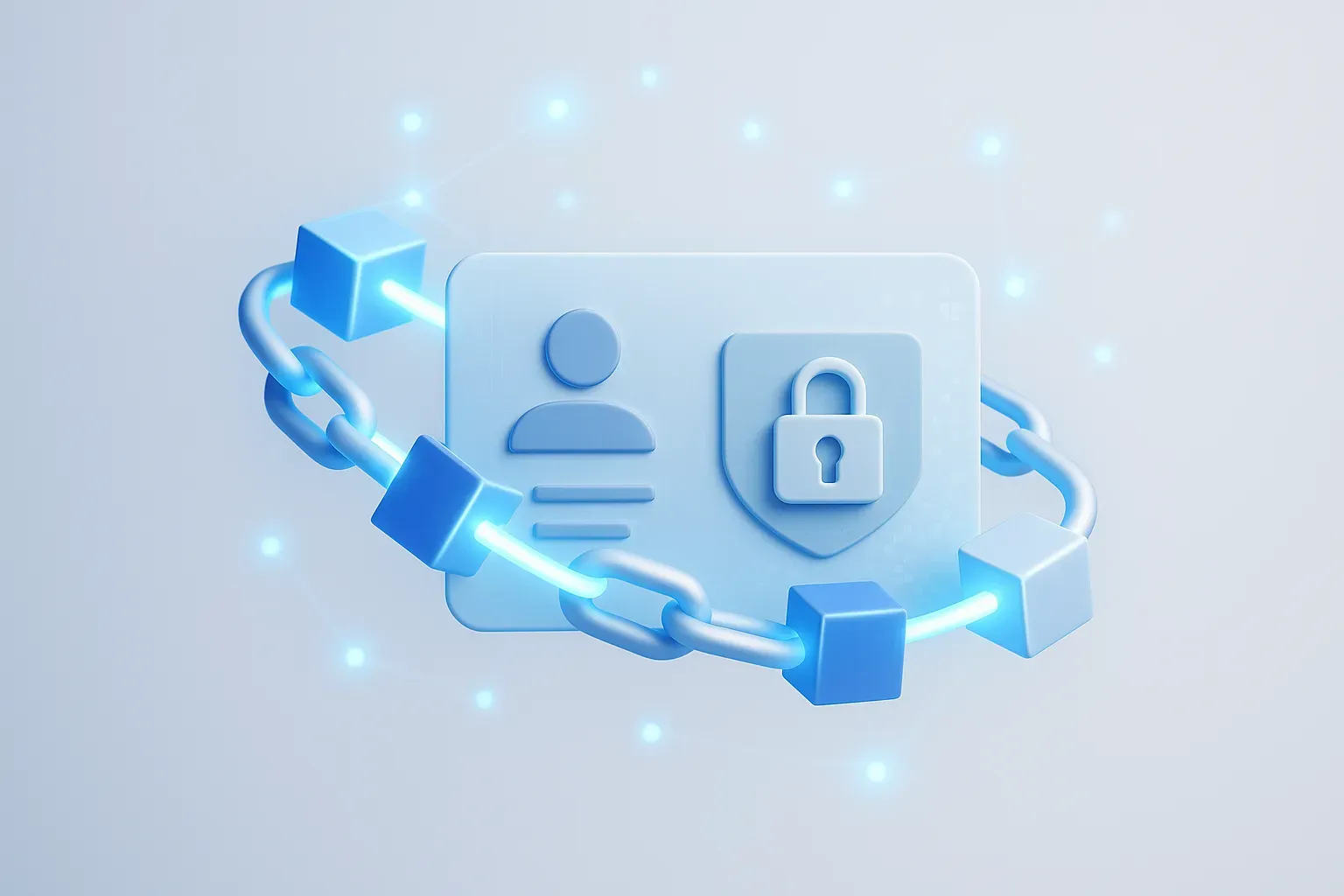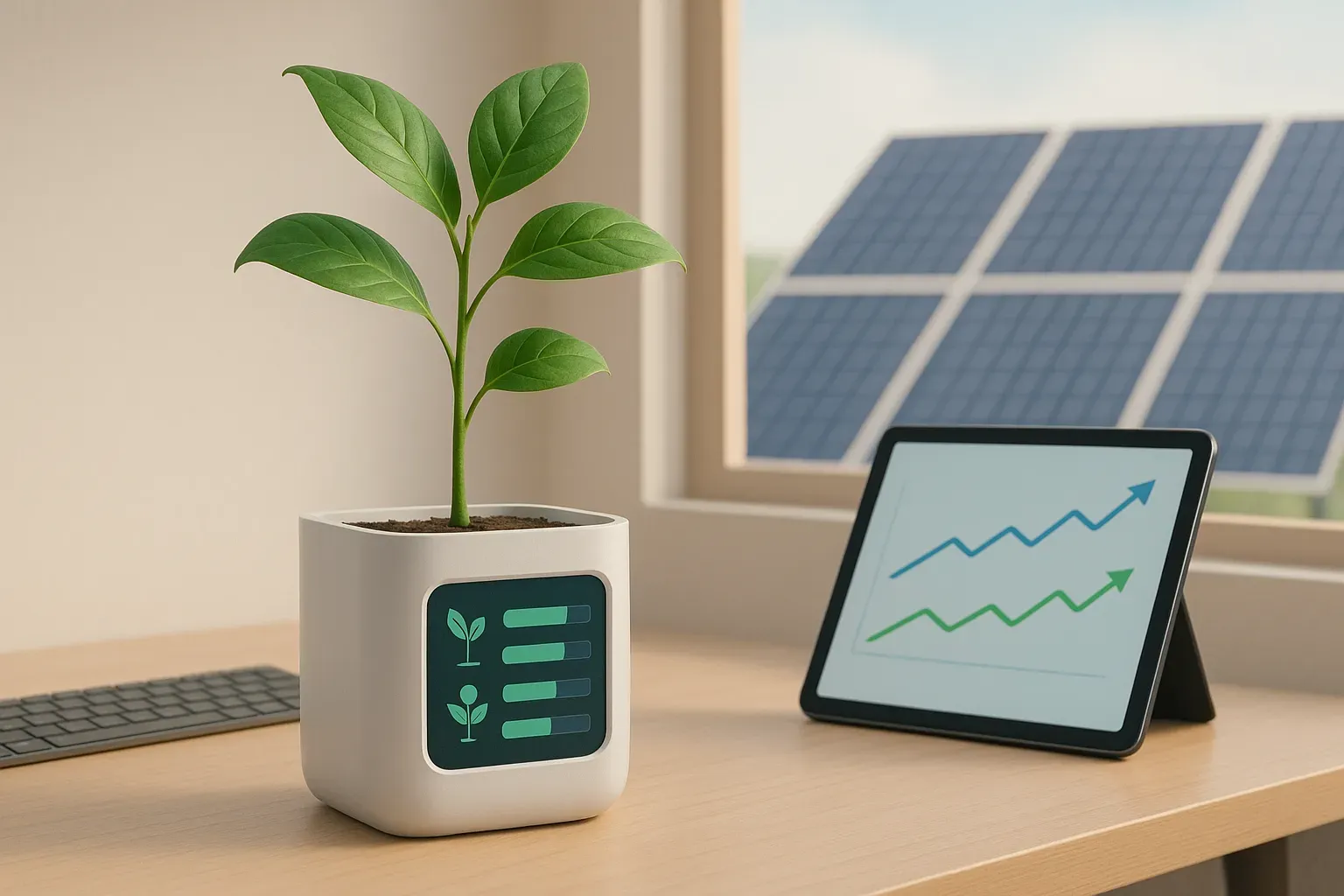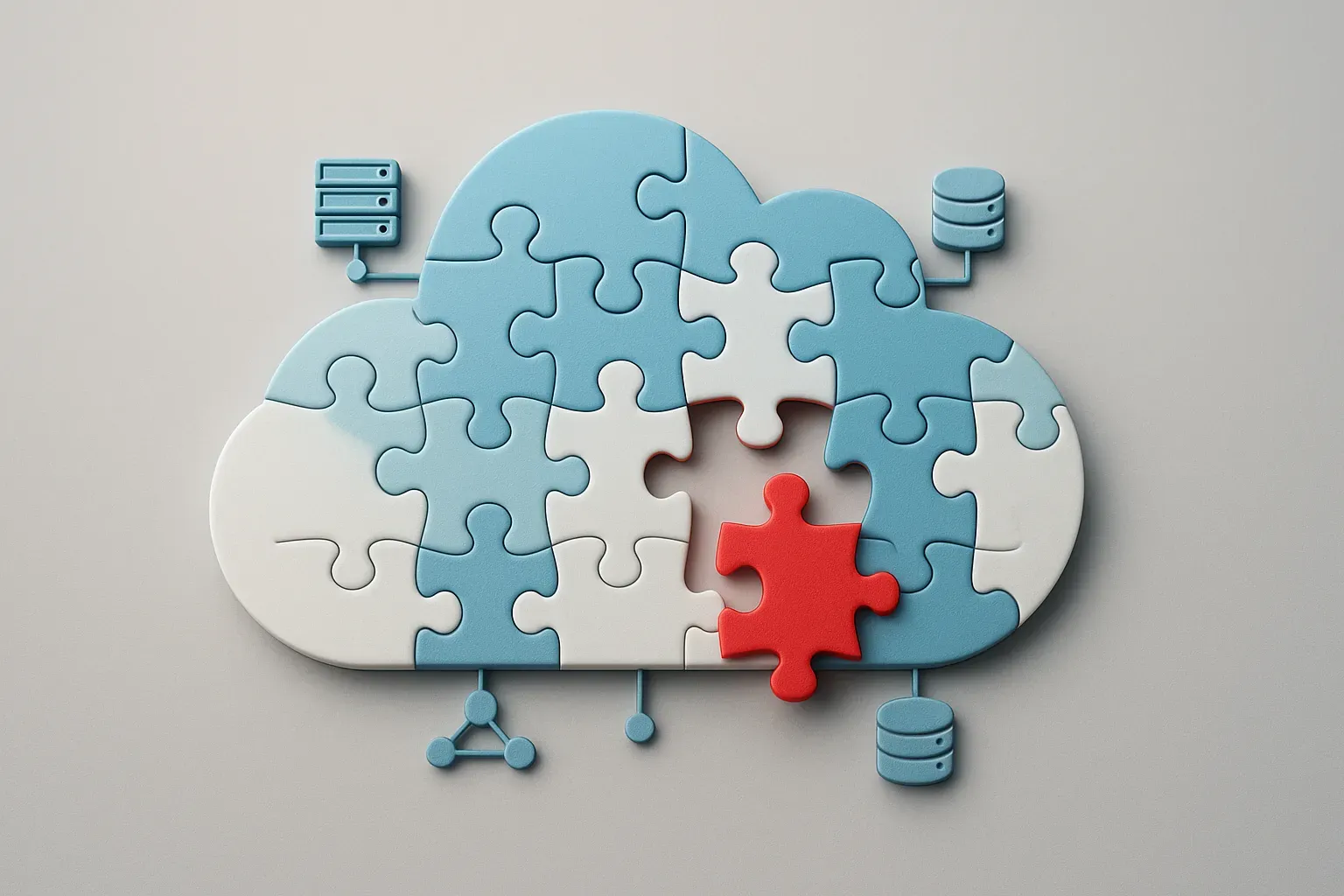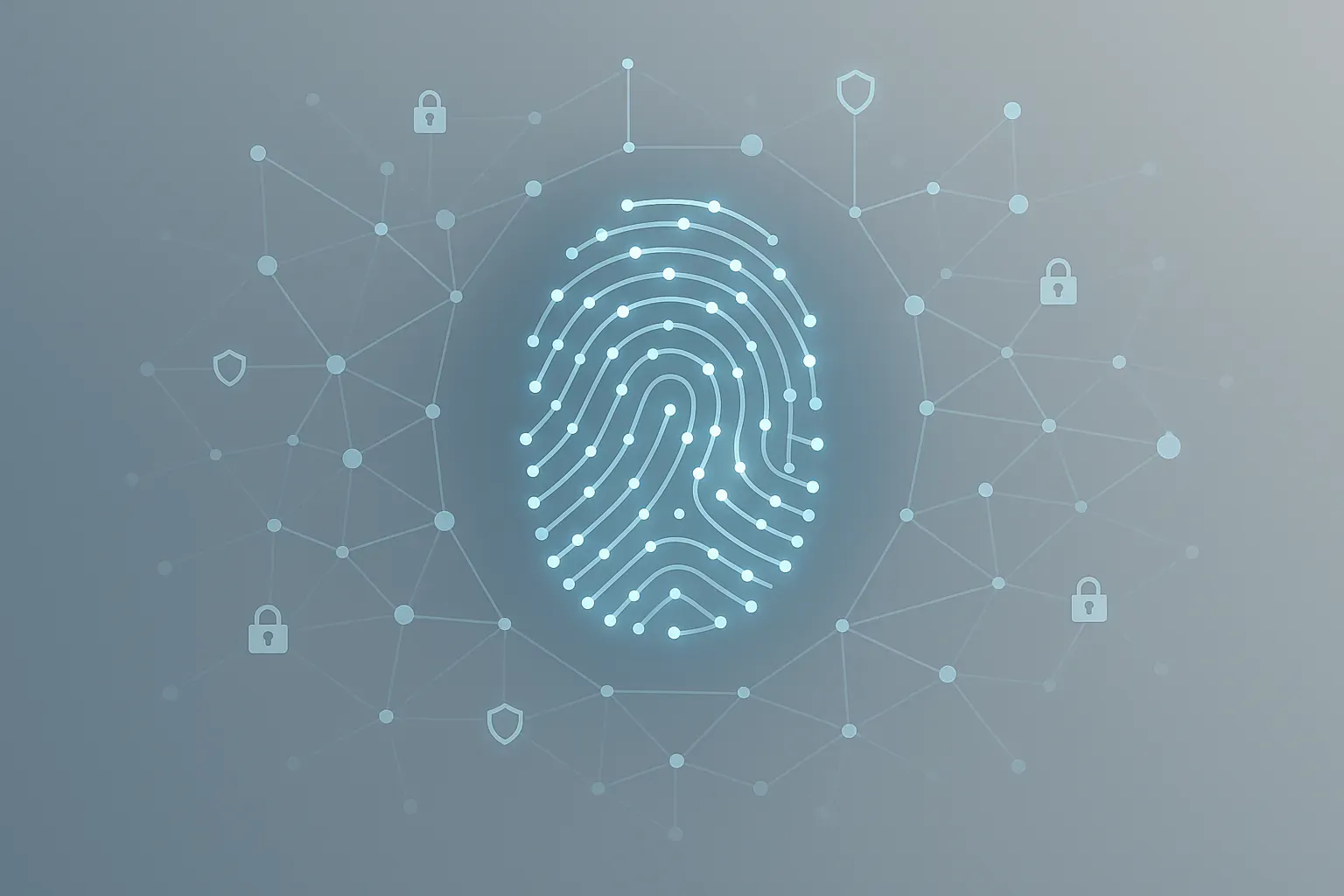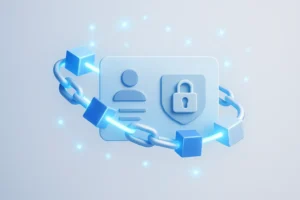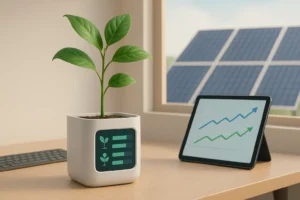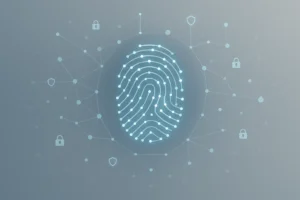Modern IoT devices require careful consideration of essential features to truly deliver value, according to industry experts. Security, interoperability, and offline functionality emerge as critical factors when choosing your next connected device. Understanding these key requirements helps consumers make informed decisions while ensuring their IoT ecosystem remains reliable, secure, and user-friendly.
- Seamless Interoperability Across Tech Ecosystems
- Voice Control Eliminates Interface Friction
- Offline Functionality Ensures Reliable Performance
- Data Transparency Builds Customer Trust
- Local Network Operation Without Cloud Dependency
- Security and Ecosystem Compatibility Come First
- Reliable Firmware Updates Prevent Future Headaches
- Security and Cross-Platform Integration Matter Most
Seamless Interoperability Across Tech Ecosystems
When I’m choosing a new IoT device to bring into my daily life, the feature I look for first is interoperability—how seamlessly it plays with the broader ecosystem of tools I already use. A “smart” device isn’t very smart if it sits in a silo. I want it to integrate smoothly across platforms, whether that’s voice assistants, apps, or other connected devices. Without that, even the most advanced gadget quickly becomes clutter.
The reason interoperability matters so much is simple: convenience without complexity. A good IoT device should make life feel lighter, not add another dashboard to manage. If I can’t control or monitor it from the systems I already rely on, it’s just another piece of tech that demands more attention than it deserves.
That said, the other factor I weigh heavily is security. IoT devices collect a staggering amount of personal data, and every new connection point is a potential vulnerability. So I pay attention to encryption standards, how updates are handled, and whether the brand has a transparent track record on data use. It’s not just about keeping information safe—it’s about trust. If I don’t feel confident in how the device manages data, I won’t bring it into my home.
A recent example for me was a smart energy monitor. There were dozens of options with flashy interfaces, but I chose the one that integrated directly with my existing home hub and gave me granular controls through the same app I already used for lighting and heating. That interoperability meant I didn’t have to juggle multiple apps, and the secure data protocols gave me confidence it wasn’t creating hidden risks. The result was a device I actually use every day, instead of one that looked good on paper but ended up in a drawer.
The lesson is that the best IoT devices are the ones that quietly disappear into your routines. They don’t overwhelm you with features for the sake of it—they connect, protect, and simplify. When a device ticks those boxes, it doesn’t just become part of your tech stack, it becomes part of your life.

Voice Control Eliminates Interface Friction
Smart speakers with IoT integration are the single most important feature I’d prioritize – whether it’s at home playing music while I’m cooking, asking questions hands-free while getting ready for work, controlling lights and thermostats from the couch, or using voice commands safely while driving. These devices have fundamentally changed how I interact with technology throughout my day.
The reason smart speakers matter is they eliminate friction in everyday moments – I can adjust my home temperature without getting up, skip a song while my hands are full, get weather updates while brushing my teeth, or navigate to meetings while driving without touching my phone. Traditional IoT devices require apps and screens, but voice-enabled speakers fit naturally into how humans actually move through their days.
From both personal experience and watching consumer behavior data, the most critical factor is choosing speakers that connect with your existing ecosystem. If you have smart lights, a thermostat, and use Spotify, your speaker needs to control all of them seamlessly. The second you have to pull out your phone to do something, the whole value proposition collapses.
Look for broad compatibility and natural language understanding – the best IoT speakers understand context (“play something energizing” works better than requiring exact song names) and connect with multiple device types so you’re not locked into one brand’s ecosystem.
SMART SPEAKERS ELIMINATE THE INTERFACE BARRIER – IoT devices you can control with your voice while cooking, driving, or living your life actually get used daily instead of becoming expensive paperweights.

Offline Functionality Ensures Reliable Performance
OFFLINE FUNCTIONALITY PRIORITY – ensuring devices can perform core functions without constant internet connectivity rather than depending entirely on cloud services. Running operations across remote international locations has taught me that reliable offline capability matters more than advanced features that only work with perfect connectivity.
The critical evaluation involves testing whether a device maintains essential functionality when network access is unavailable or unreliable. This includes examining local data storage, autonomous operation capabilities, and how gracefully the device degrades when connectivity is lost. Many IoT devices become expensive paperweights without internet access, which is unacceptable for serious operational use.
GPS tracking devices for our motorcycle fleet exemplify this principle – they must continue recording location data and operational metrics even when cellular coverage disappears in remote areas, syncing information once connectivity returns. Devices that require constant cloud connection fail completely in mountain passes or isolated coastal routes where customers frequently travel.
The strategic insight is that IoT device marketing emphasizes cloud integration and advanced features while downplaying connectivity dependencies that render devices useless in real-world conditions. Operational reliability requires devices that function autonomously with cloud connectivity as enhancement rather than requirement.
Prioritize offline capability and local processing over cloud-dependent features when selecting IoT devices for any application requiring reliable performance across varying connectivity conditions.

Data Transparency Builds Customer Trust
When it comes to IoT, the only feature that truly matters to me is data transparency. I want a device that tells me exactly what it’s tracking, where that data goes, and how I can control it. During one of our SEO projects for a luxury home fashion ecommerce brand, we used IoT-driven analytics tools to monitor site behavior in real time. The devices were brilliant for insights, but the hidden data handoffs to third-party servers nearly compromised our client’s security compliance. We replaced them with tools that offered transparent, user-controlled APIs, and conversions jumped 67% once customers felt safer sharing data.
The real issue with IoT isn’t functionality; it’s trust. Smart homes and connected offices don’t need more “intelligent” devices; they need honest ones. If a gadget can’t show me its data pipeline in plain text, I don’t care how many features it promises. Tech doesn’t have to be invasive to be innovative, and that’s a line more brands should stop crossing.

Local Network Operation Without Cloud Dependency
The most important feature when choosing IoT devices is whether they work on a local network without requiring cloud dependence. I run everything on a private server with my own WiFi through a reverse proxy, so security isn’t just important… it’s non-negotiable.
I have smart lights, locks, blinds, basically everything automated. My morning routine is completely hands-off… lights turn on at the same time every day, news from multiple sources starts playing, and my Google Home runs through my entire schedule. At night, lights automatically turn off at a specific time to remind me to sleep, then white noise starts playing.
Having your home automated on a secure network is one of the most peaceful feelings. Being able to talk to my phone and control almost every aspect of my life becomes like a cheat code for productivity. I’m not wasting mental energy on mundane decisions or forgetting to do basic stuff.
When I’m choosing new devices, I look for three things: can it run locally without cloud dependency, does it integrate with my existing setup without creating security vulnerabilities, and will it actually save me time or just be a novelty. Most IoT devices are cool for a week then collect dust. The ones worth having are the ones you forget are even there because they just work.
The automation that changed everything was the morning routine. Waking up to lights gradually turning on, getting my schedule read to me, having everything ready without thinking about it… that’s not just convenience, that’s reclaiming time and headspace for things that actually matter.

Security and Ecosystem Compatibility Come First
When choosing a new IoT device, the first thing I look for is robust security and privacy. Connected sensors and speakers can expose your network, so I only buy products that offer end-to-end encryption, strong authentication, and regular firmware updates. I also care about interoperability – it should work well with the ecosystems I already use (HomeKit, Google Assistant, IFTTT) so I don’t have to juggle multiple apps. Ease of setup, a clear privacy policy, and long-term vendor support are important factors, too. If I can’t trust that my data and home are safe, the device won’t make it into my life.

Reliable Firmware Updates Prevent Future Headaches
When I add a new IoT device, the first thing I check is reliability in real-world use. At SourcingXpro, I’ve handled plenty of smart gadgets out of Shenzhen, and the difference between a smooth product and a headache is often in the firmware updates. I look for devices that get consistent support and don’t lock me into one ecosystem. Once I picked a cheaper option that saved $30 upfront but cost me hours fixing connectivity drops, and honestly that loss was bigger than the price gap. Now I’d rather pay a bit more for stable updates and simple setup.

Security and Cross-Platform Integration Matter Most
When choosing a new IoT device to integrate into my everyday life, the feature I prioritize most is security and data privacy. Too often, consumers get caught up in convenience—smart locks, thermostats, or wearables—without realizing that these devices are constantly collecting and transmitting sensitive data. If the device doesn’t have strong encryption, regular firmware updates, and transparent data policies, it’s essentially a weak link in your digital ecosystem.
Beyond security, I also look at interoperability. A device that only works within one closed ecosystem quickly becomes frustrating. I prefer IoT products that integrate seamlessly with multiple platforms—whether that’s Alexa, Google Home, or Apple HomeKit—so I’m not locked into one vendor’s ecosystem. This flexibility ensures the device will remain useful even as my tech stack evolves.
Another factor is practical value versus novelty. I ask: does this device actually solve a problem or meaningfully improve my daily life? For example, a smart thermostat that learns my patterns and reduces energy bills has clear ROI, while a “smart” gadget that adds complexity without real benefit isn’t worth the investment.
The most important takeaway is this: IoT should enhance life, not complicate it. A secure, interoperable, and genuinely useful device becomes invisible in the best way—it works quietly in the background, saving time, money, or energy, while giving me peace of mind.


